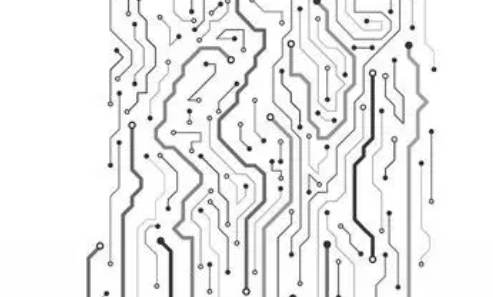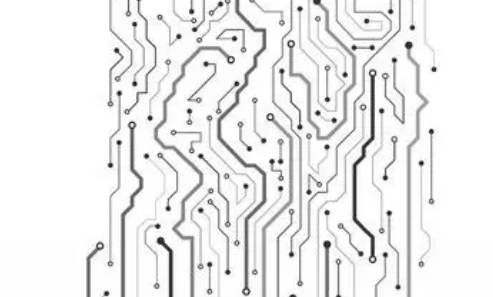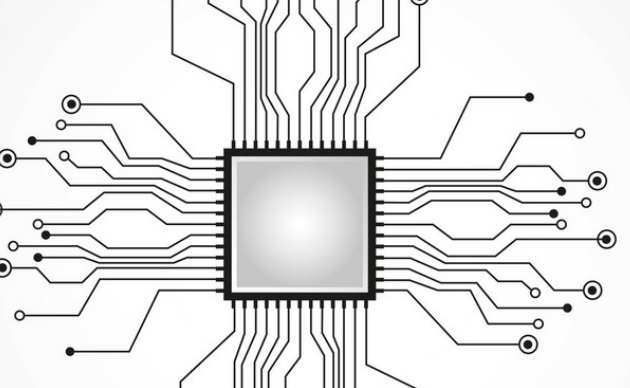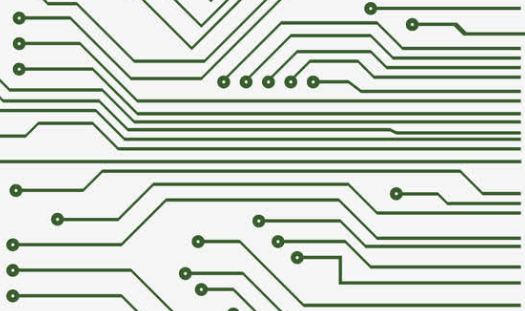
PCB (English Printed Circuie Board printed circuit board is short for) with nickel plating as the substrate coating of precious metals and base metals, for some single-sided printed boards, also commonly used as the surface layer. For some surfaces with heavy load wear, such as switch contacts, contact pieces or plug gold, the use of nickel as gold substrate coating, can greatly improve the wear resistance. When used as a barrier, nickel is effective in preventing diffusion between copper and other metals. The matte nickel/gold composite coating is often used as the corrosion resistance of metal coating, and can adapt to the requirements of hot pressing welding and brazing, only nickel can be used as the corrosion resistance coating containing ammonia etching agent, and do not need hot pressing welding and require bright coating of PCB, usually use light nickel/gold coating. The thickness of the nickel coating is generally not less than 2.5 microns, usually 4-5 microns.
Low stress nickel deposits of PCBS are usually plated with modified Watt nickel baths and some sulfamate nickel baths with stress-reducing additives.
We often say that PCB nickel plating has smooth nickel and dumb nickel (also known as low-stress nickel or semi-bright nickel), usually requires uniform and fine coating, low porosity, low stress, good ductility characteristics.

2, nickel sulfamate (nickel ammonia)
Nickel sulfamesulfonate is widely used as substrate coating on metallized hole electroplating and printed plug contact sheets. The obtained deposition layer has low internal stress, high hardness and excellent ductility. A de-stressing agent is added to the bath and the resulting coating will be slightly stressed. There are many different formulations of sulfamate plating bath, typical sulfamate nickel plating bath formulations are listed below. Because of the low stress of the coating, so it is widely used, but the stability of nickel sulfamate is poor, its cost is relatively high.
3, modified Watt nickel (nickel sulfide)
The modified Watt nickel formulation uses nickel sulfate, together with the addition of nickel bromide or nickel chloride. Due to internal stress, nickel bromide is generally used. It can produce a semi-bright, slightly stressed, malleable coating; And this coating for subsequent plating is easy to activate, cost relative bottom.
4, the role of each component of the bath:
The main salts -- nickel sulfamesulfonate and nickel sulfate are the main salts in the nickel liquid. The nickel salt mainly provides the nickel metal ions needed for nickel plating and also plays the role of conductive salt. The concentration of nickel plating solution varies slightly with different suppliers and the allowable content of nickel salt varies greatly. Nickel salt content is high, can use a higher cathode current density, deposition speed is fast, commonly used for high-speed thick nickel plating. But too high concentration will reduce the cathode polarization, dispersion ability is poor, and the plating bath loss is large. The nickel salt content is low and the deposition rate is low, but the dispersion ability is good, and the fine crystalline bright coating can be obtained.
Buffering agent -- boric acid is used as buffering agent to keep the PH value of nickel plating liquid in a certain range. The practice shows that when PH value of nickel plating solution is too low, the cathode current efficiency will decrease. When the PH value is too high, due to the continuous precipitation of H2, the PH value of the liquid layer close to the cathode surface rises rapidly, resulting in the formation of Ni(OH)2 colloid, and Ni(OH)2 inclusion in the coating, the coating brittleness increases, and the adsorption of Ni(OH)2 colloid on the electrode surface, but also cause the retention of hydrogen bubbles on the electrode surface. Increase the porosity of the coating. Boric acid not only has the PH buffer effect, but also it can improve the cathode polarization, thus improving the bath performance, reduce the "burning" phenomenon under the high current density. The presence of boric acid is also beneficial to improve the mechanical properties of the coating.
Anode activator -- Except for sulfate nickel plating solution which uses insoluble anode, other nickel plating processes all use soluble anode. In order to ensure the normal dissolution of the anode, a certain amount of anode activator is added to the plating solution. It was found that CI - chloride ion was the best activator for nickel anode. In nickel plating solution containing nickel chloride, nickel chloride plays the role of anode activator as well as main salt and conductive salt. In nickel plating solution without nickel chloride or its content is low, it is necessary to add a certain amount of sodium chloride according to the actual situation. Nickel bromide or nickel chloride are also commonly used as stress relief agents to maintain the internal stress of the coating and to give the coating a semi-bright appearance.







